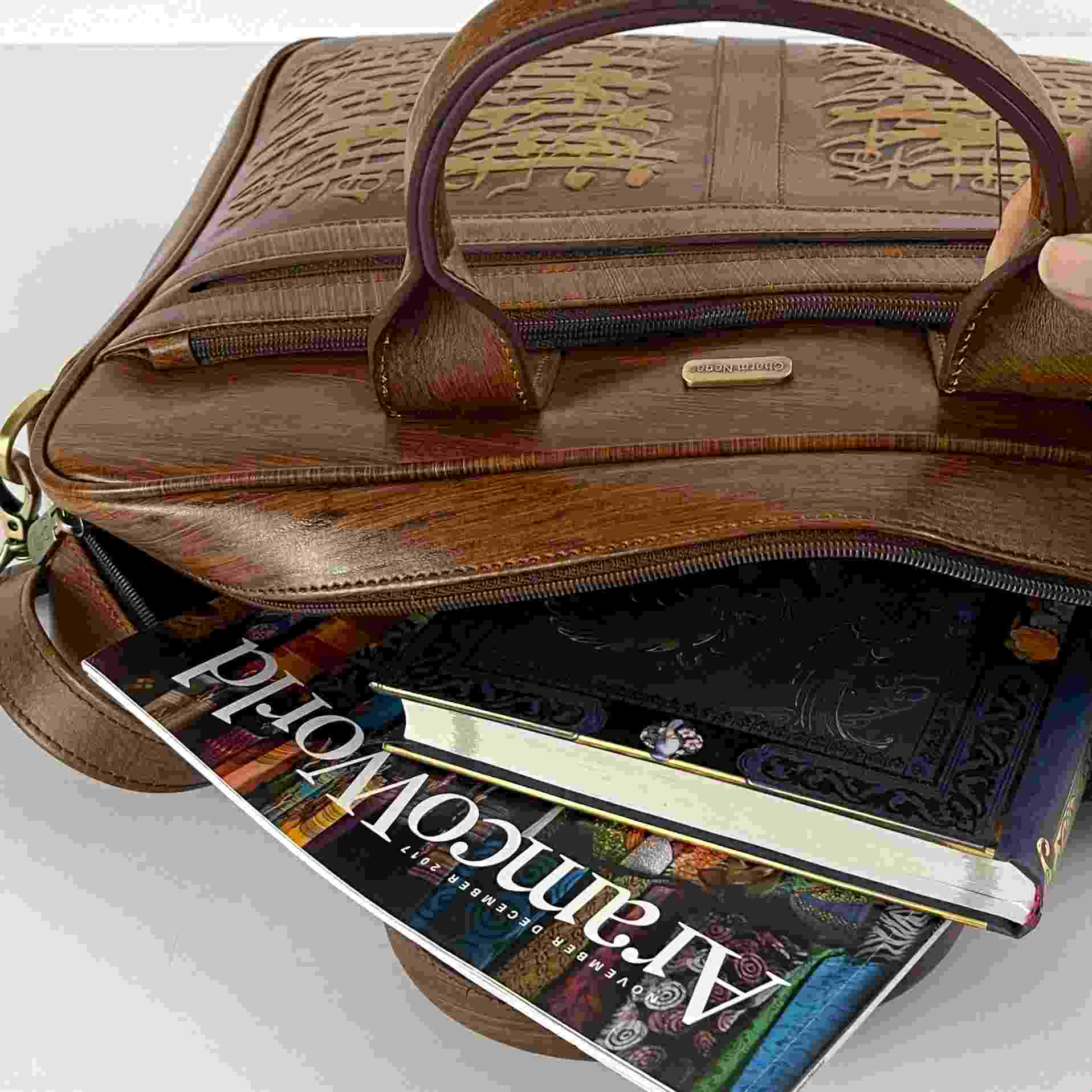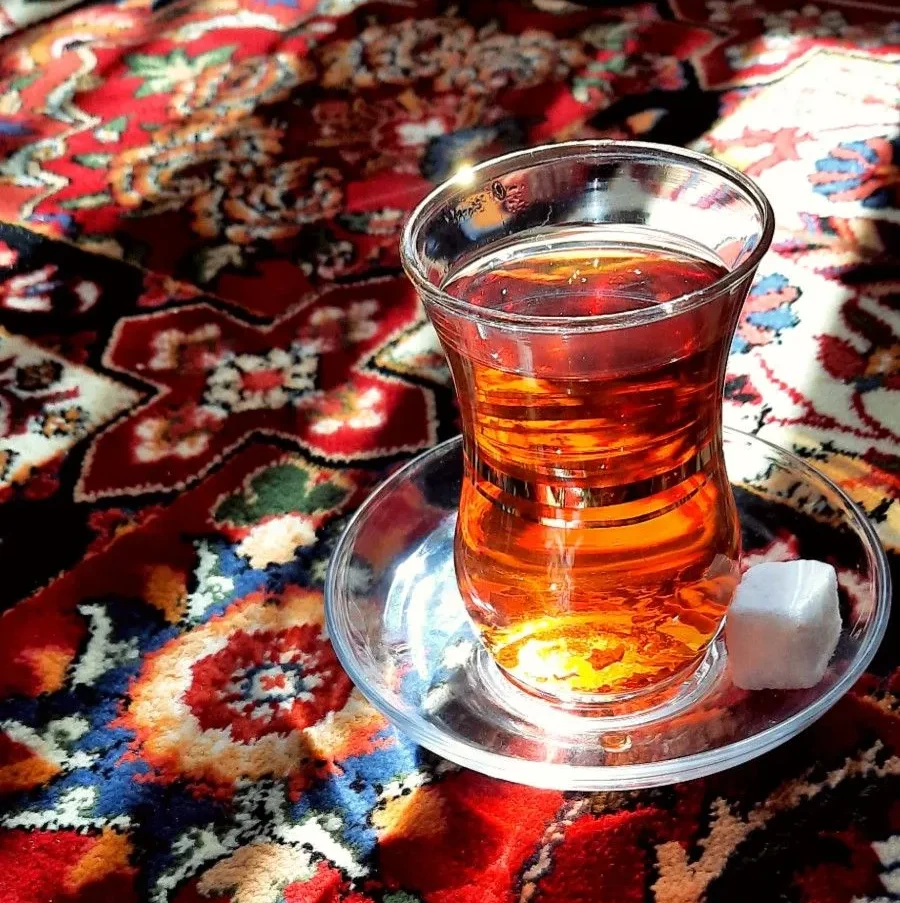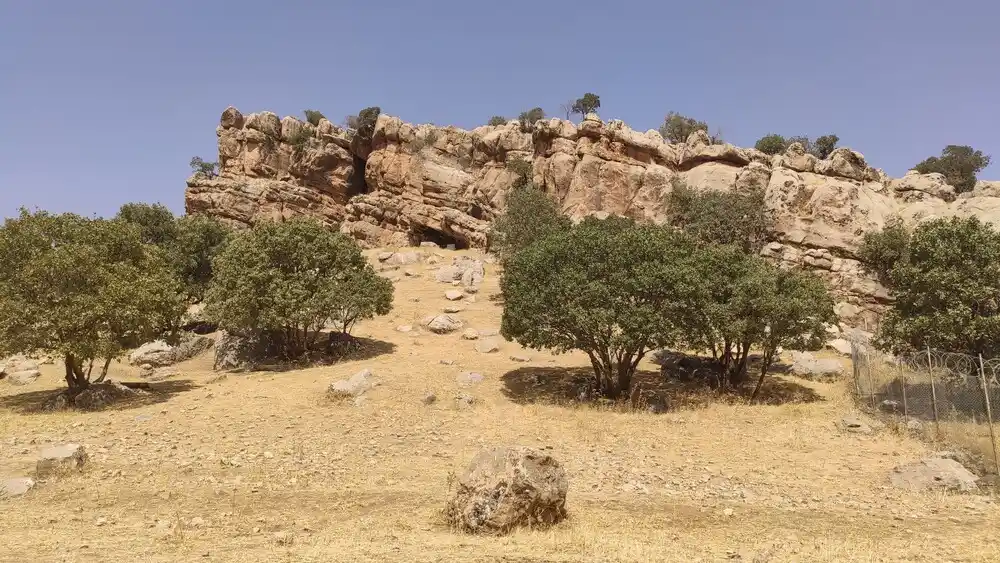Persian leather bags and shoes

The reason for this popularity has been the high quality of leather products. In this article, far from any prejudice, we will compare the famous brands of Iranian leather shoes and Types of Iranian bags It is not far from the mind that brands that are more than 30 years old have more experience and popularity. But we should not forget that there are emerging brands (3 years old) in this field, which have a lot to say and challenge other brands.
What does the quality of leather depend on?
The skin of most animals can be turned into leather through a process called tanning. Leather can be obtained from several layers of skin.
If leather is obtained from the outermost layer of animal skin, in addition to being waterproof, it is more soft. So full-grain leather is the most expensive leather in the world.
The lower the layers used in the production of leather, the lower the quality and the less waterproof it is.
Also, the central part of the animal’s body has the highest quality leather, and other parts, such as the shoulder, are used for the tongue of the shoe, and the belt due to the many wrinkles.
In the following, we will review the brands, it should be noted that the numbers next to the brands are not related to ranking. In the list below, you can see the best famous brands of Iranian leather bags and shoes and Types of Iranian bags.
Leather bag sewing tutorial
To sew a leather bag, the artisan uses special sewing machines and needles designed for leather embroidery. Each model of leather bag has its own unique beauty and charm. Based on the previous articles, you saw the pattern of leather bags, felt bag sewing training and cloth bag sewing training. Moreover, In the continuation of this article, we have provided you, dear ones, with embroidered leather training for sewing hand-made leather bags and light leather bags.
How to Sew Leather Shoes: Tools and Materials
- Scissors: Strong leather scissors are used to cut various types of leather.
- Pre-hammer: This tool is essential for hammering during shoe production.
- Working Gas: Used to shape the leather over the shoe mold.
- Cutter: Helps cut leather and lining accurately.
- Lewis Knife: Used for thinning leather (Lewis work). It removes thin layers to smooth or shape the edges. A sharp blade reduces hand pressure and improves precision.
- Knife Stone: Used for sharpening the Lewis knife. For best results, soak it in oil or water.
- Template & Shoe Mold: Essential for design and cutting. Molds come in various types and sizes based on shoe design and foot size.
- Outsole: Available in different materials and models. Matching the outsole to the mold and shoe model is crucial.
- Iron Glue: Ideal for gluing natural and synthetic leather, especially in traditional shoemaking.
- PU Adhesive: Used to attach the sole to the shoe body.
- Lining & Padding: Glued to the inner side of leather for structure and beauty. Natural leather can also be used for lining.
- Nail: A basic yet vital component in shoemaking.
- Dosant Paper Glue: Used to coat molds and apply shoe pattern designs.
- Pencil & Eraser: For drawing patterns on templates.
- Shoe Meter: Measures foot size and helps with pattern placement.
- Texon: Used inside the sole for structure.
- Heel (Sex): A thin layer placed between the leather and lining for added heel support.
- Sock Holder: Adds strength and keeps the shape of the shoe.
Types of Iranian Bags and Leather
- Leather: The core material in both shoemaking and bag-making. Available in natural and synthetic types. Cowhide and goatskin are common natural options.
- Lining: Like in shoes, artisans use linings in bags to add beauty and structure. They often choose natural leather to create high-quality linings.












Comments